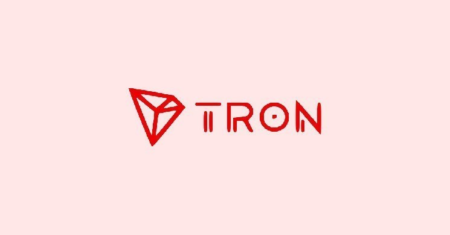The crypto exchange Binance has revealed that between 2022 and 2023 it has recovered funds worth 4.35 billion dollars in crypto assets for users who have sent or lost coins.
In particular, it was about cryptocurrencies deposited but not credited to users’ wallets, usually due to errors in the transfer.
Altogether, in two years he successfully handled more than 381,000 appeals, while his security team worked on recovering and freezing 55 million dollars of users’ funds in 2023 alone.
The crypto exchange Binance and the recovered funds
Binance is the largest crypto exchange in the world by daily trading volumes.
In the last 24 hours it has managed trades for more than 30 billion dollars in the spot market, and almost 80 in the derivatives market.
It is also the company that holds the most BTC in the world, with over 544,000 BTC, although these are funds that do not belong to Binance but to its users.
For example, the Grayscale ETF holds less than 330,000, and the BlackRock ETF less than 255,000. MicroStrategy holds more than 214,000, but in that case they are also owned by the company.
It is a project born in 2017 with the ICO of Binance Coin, which later became BNB, and has now become the main centralized blockchain ecosystem in the world with many millions of users.
Since the goal of its platform is to increase people’s financial freedom, allowing anyone to seize the opportunities that come from the blockchain world, over time it has also opened up to common users and beginners, and this has meant the entry of many inexperienced people.
In Italy, Binance is present with a team led by CEO and General Manager Gianluigi Guida, and also collaborates with local institutions and associations to promote regulation of the crypto and blockchain sector that allows for its correct use and development.
Security
In addition to recovering and reimbursing $4.3 billion of digital assets deposited but not credited to users’ wallets, between 2022 and 2023, last year the security team also worked on recovering and freezing $55 million of funds owned by its users in order to counter scams and block the majority of stolen funds.
The exchange in fact collaborates with authorities to trace and block funds that have been stolen, if they are deposited on its platform.
Regarding the recovery of deposited but uncredited funds, the exchange’s customer service team offers various recovery services for those tokens that may be somehow lost or uncredited due to a variety of potential incidents.
For example, sometimes tokens may not be credited due to network issues, or because they are sent during updates of their respective blockchains or during wallet maintenance. In other cases, it may simply be incorrect deposits, or tokens not listed on the exchange, or tokens sent from unsupported networks.
In other cases, the customer service team handles recovery issues related to delisted tokens, deleted accounts, regulatory constraints, mistakenly deposited coins, and even lost NFTs.
The comment
Binance states that the results have been achieved thanks to collaboration with various partners, including other exchanges, services, and blockchain analysis companies, and that these represent a significant step in promoting trust and integrity within the cryptocurrency ecosystem.
This is an ecosystem still full of challenges and uncertainties, and users, especially beginners, often encounter this type of issues.
The CEO of Binance Italy, Gianluigi Guida, commented:
“In the last two years, our team has successfully handled more than 381,000 appeals, refunding over 4 billion deposited but uncredited cryptocurrencies and thus contributing to the security of trading and the integrity of the ecosystem as a whole. The rise of digital assets has represented a major change in the way people organize their financial activity, and it is especially in these key moments that emerging industries are most vulnerable: the protection and safeguarding of users by an industry leader like Binance become increasingly essential resources to ensure progress and wider adoption of Web3 technologies.”
Read the full article here









